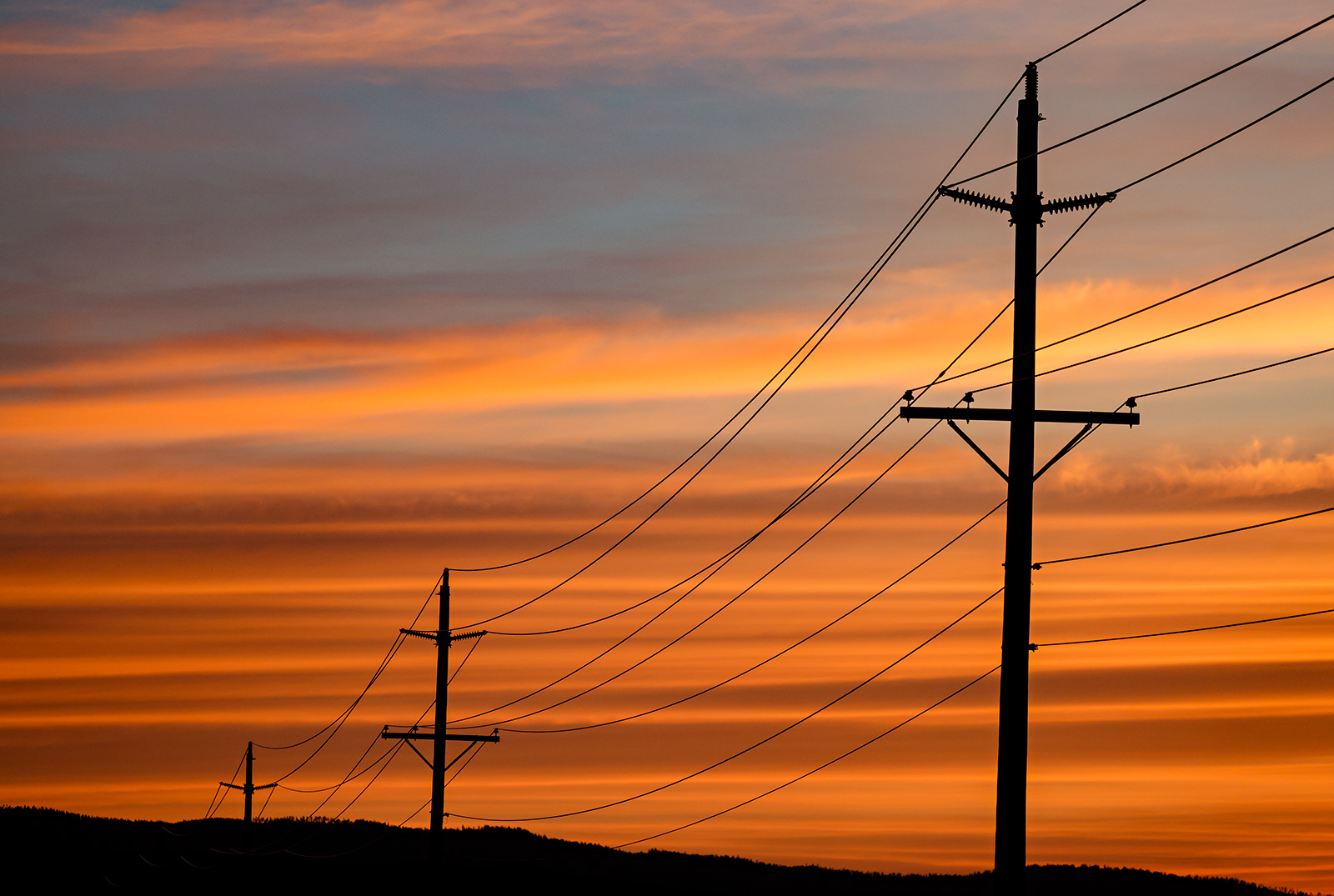Montana Lands $700 Million for Major Transmission Project
The 525-kilovolt North Plains Connector could be the first high-voltage line in the country bridging the eastern and western energy grids
By Tom Lutey, Montana Free Press
Montana will receive $700 million to advance the nation’s first transmission project bridging the eastern and western grids, a step described as critical to U.S. energy reliability.
The U.S. Department of Energy grant, announced Tuesday by Gov. Greg Gianforte in a press release, will advance the North Plains Connector, a 415-mile, high voltage, direct-current line between Montana’s Colstrip substation and Center, North Dakota. The 525-kilovolt line could be the first high-voltage line in the country bridging the eastern and western energy grids, allowing power to move from Portland to Minnesota while connecting energy markets serving more than 20 states.
The North Plains Connector is a $3.6 billion project. Several utilities along the transmission route, including NorthWestern Energy, thanked DOE in a letter for investing in a project that should increase energy reliability across multiple states.
“NorthWestern Energy worked collaboratively with Grid United and the Montana Department of Commerce on the application process for the consortium for the Grid Resilience and Innovation Partnership program grant, which also includes a potential upgrade of the Colstrip Transmission System,” said Jo Dee Black, a NorthWestern spokesperson. “We are very pleased to learn of the DOE grant for the North Plains Connector Innovation Consortium project, which will reduce the cost of the project and ultimately help reduce costs for customers.”
Among the utilities signing the letter was Portland General Electric, a 40-year investor in Montana energy that owns a share of the Colstrip power plant and Montana’s largest wind farm, the 770 MW Clearwater Wind project in southeast Montana.
Portland General Electric in May said it would use the connector to balance the ebb and flow of its renewable energy supply. The utility will exit Colstrip no later than 2030 to comply with climate-change law in Oregon.
Portland General Electric reserved a 20% capacity share in the North Plains Connector this spring.
The North Plains Connector is being developed by Grid United and Minnesota energy company Allete, which has a 35% development share in the project.
Grid United told Montana Free Press it will apply for federal environmental review this fall and begin facility siting work in Montana and North Dakota.
“Access to a steady supply of affordable and reliable energy is critical for communities across Montana and the United States,” Gianforte said in a press release. “Through this investment, we’re upgrading and modernizing Montana’s electrical transmission infrastructure to power our homes, schools, and businesses.”
In addition to the $700 million grant, Montana has received $46 million to spend on roads, sewer and water services along the transmission route to support the North Plains workforce during construction. The money flows from the 2021 Infrastructure Investment and Jobs Act.
“This project will create good-paying jobs in Eastern Montana, protect our energy grid from natural disaster, and expand our energy portfolio to lower energy costs for Montanans and ensure our economy remains competitive against foreign adversaries like China,” U.S. Sen Jon Tester said in a press release. “I’m proud to have secured this funding, and I will keep working to ensure this project is completed effectively and efficiently.”
Tester, a Democrat, was the only member of Montana’s delegation to vote for the infrastructure bill, which over 10 years will spend $1.2 trillion on infrastructure.
The North Plains Connector is already several years into development. It was identified early on as a potential route to reach new markets for coal power produced by the Colstrip power plant. Greenhouse gas regulations in Oregon and Washington are closing energy markets that currently represent 70% of the power plant’s 1480 megawatts of generating capacity.
This story originally appeared in the Montana Free Press, which can be found online at montanafreepress.org.